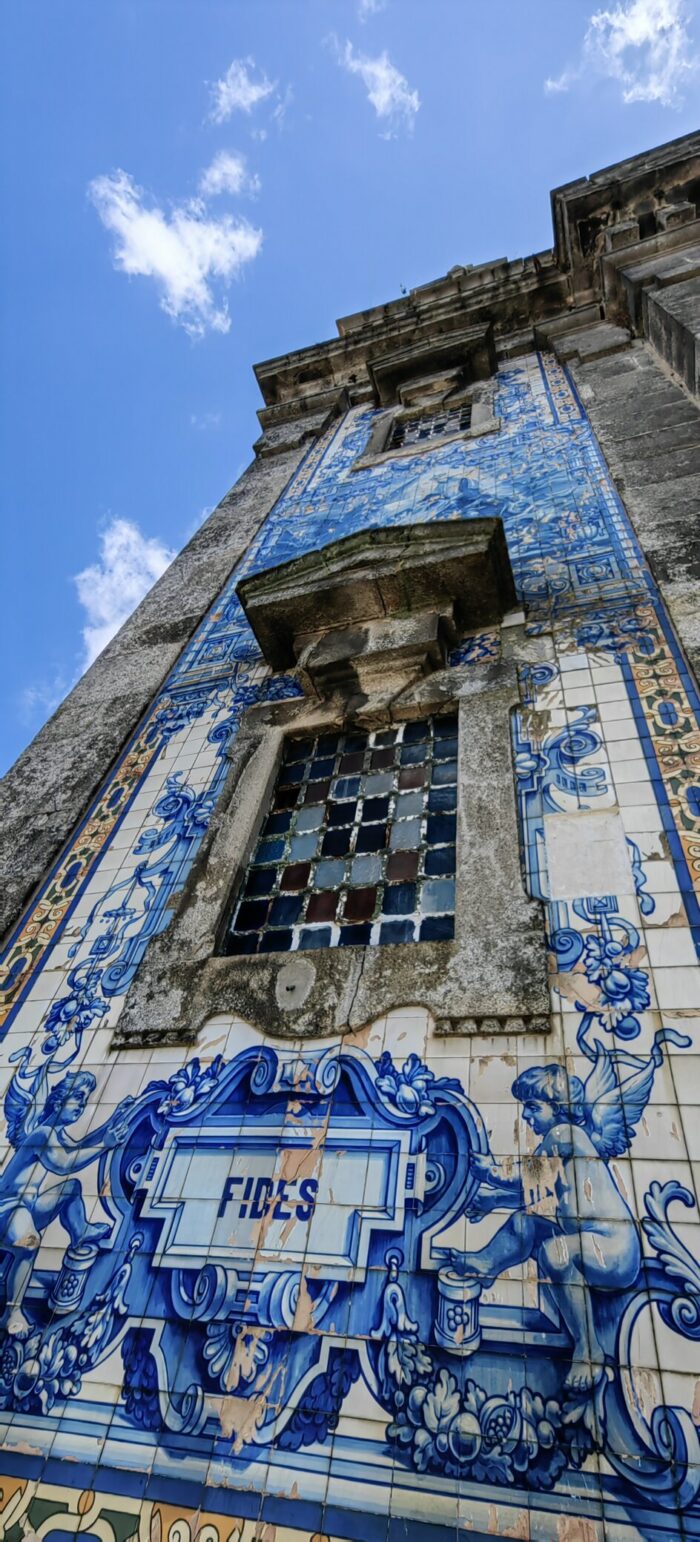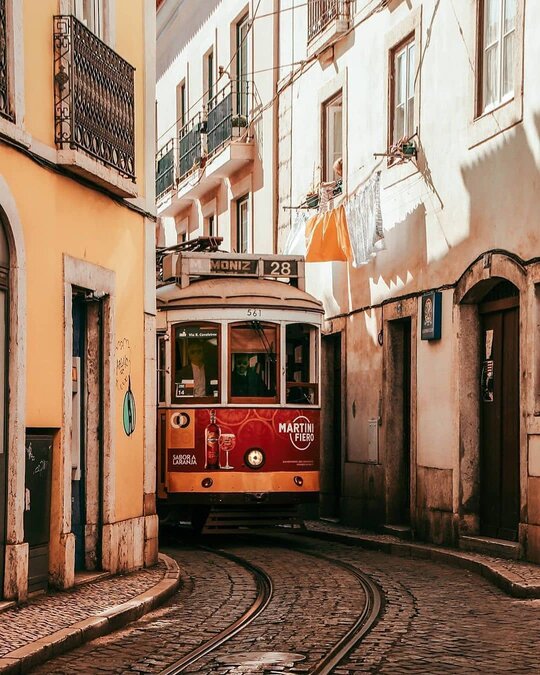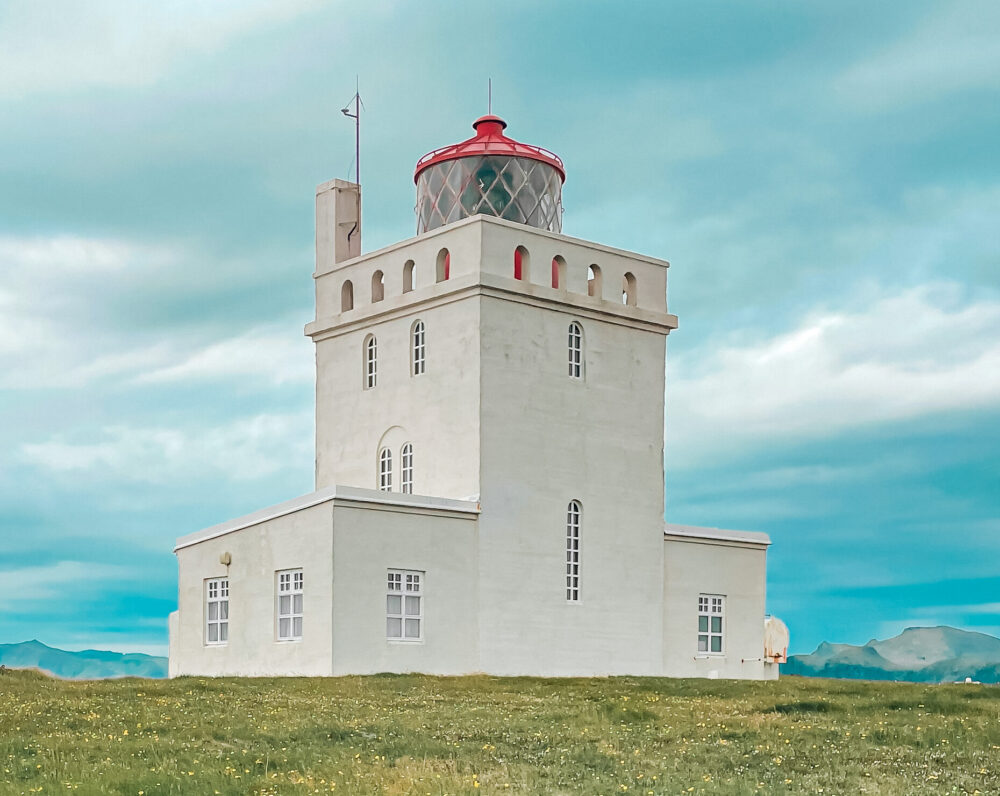This ancient pilgrimage center is one of the most beautiful and most visited cities in Spain and I was so lucky that I had a local guide to show me around and tell me the stories of Santiago de Compostela, an UNESCO World Heritage city since 1985.

The great pilgrimage to Santiago started in the medieval ages and leads to the supposed shrine of St. James the Apostle, quickly turning the city into the 3rd Holiest city of Christianity after Jerusalem and Rome. Ever since the first pilgrim arrived in 951 millions of people walked here during the centuries on various routes, which are collectively called “El Camino de Santiago.”

As with almost every city in the world, the historic old town is the most memorable with its medieval details, narrow streets, majestic churches, yellow granite buildings, atmospheric plazas and hidden nooks. I loved this area even more for being largely pedestrianized. But Santiago is a unique blend of old and new, being a university site since the 16th century and a major touristic spot, this still makes the city vibrant and lively.
All roads in Santiago lead to the Cathedral. No wonder as this is the end point of every pilgrimage route that leads to Santiago, because allegedly the cathedral was built over the tomb of St. James. Doesn’t matter if you arrived as a pilgrim or a tourist, as you reach to the expansive Praza de Obradoiro, you’ll lose a breath or two looking up on the grandiose baroque cathedral. Behind the facade the main body of the cathedral is built in Romanesque style, which makes it even more interesting.
You can enter the cathedral for free, and you must take a visit inside before leaving Santiago. However I admit I enjoyed to explore the exterior of this extraordinary cathedral much more than the interior of it.
You can also take a guided tour (this one’s not free) to the roof of the cathedral knows as Las Cubiertas and offers a wonderful view over the city.


The Cathedral is surrounded by magnificent buildings, such as the 18th century Pazo de Raxoi (Raxoi Palace, now townhall) and Hostal fos Reis Católicos, built in 1492 originally as a pilgrim hospice, and now a luxury hotel. Half of the joy comes from getting lost among the charming architecture of the City (I recommend to explore early in the morning and watch the city come alive).
Just opposite of the cathedral you’ll find a 16th century monastery founded by the Benedictines, monastery of San Martino Pinario. Part of the building is open to visits with guided tours and another part of it was turned into a hotel, Seminario Minor. This is where I stayed with a private room with a view overlooking the old town for only 25 euros. I truly recommend this place to stay but interestingly not found on the Internet, so you have to visit there first to find out if they have free rooms for you. Which is kind of a lottery but you can be lucky.

Another one of the most iconic sites in Santiago is the small Plaza de Cervantes which dates back to the 12th century and is a popular meeting point for locals. Surrounded by small shops, cafés, ice cream parlors, tapas bars and restaurants, the plaza also offers a wide range of activities for a great day and night life.
Abastos Market is a unique was to experience more of local life. I expected the market to open early and close down as the hours passed, but boy I was wrong! We are in Spain after all, and the later you visit the market the bigger the crowd and the more interesting things you find! Galicia has a proud heritage of producing many of Spain’s interesting food which all can be found on the colorful stalls of this relatively small market (only 6 small halls).
Santiago is a small city but it’s full with museums—there’s one museum dedicated to the cathedral, the Camino and more to the Galician culture. If you want to learn about local people and their history you’ll not be disappointed in any of them.

One of the cities oldest, and most beautiful parks is Parque de la Alameda. This splash of green in the city centre is the perfect place to relax, or even be active while running amongst the statues and monuments and a rose garden or simply enjoy the majestic view over the old town from here.

My favorite park though is the Parque de Santo Domingo de Bonaval, a former convent with wide open spaces and shady labyrinth paths that lead to an old Cemetery. The park weaves uphill providing an excellent view of the old town.
If parks are not enough for you to get away from the city life, Santiago sits between the surrounding hills of Monte Pedroso, Monte de Viso and Monte de Gozo. Choose any of the paths and trails for a day hike to escape in nature. Wherever I stay, I make sure to wander around their beautiful hills and forests. My choice was Monte de Gozo and I completely fell in love with it!
After so much exploring of course you want to taste the famous Galician food, am I right? Santiago is packed with amazing tapas bars, bakeries, cafés and restaurants. Basically you take a step without finding a place to get some food. Despite traveling in Spain can be difficult for celiacs and vegans, Santiago offers a variety of places where we can enjoy a feast.
Entre Pedras offers vegan and vegetarian burgers, toasts and wraps.
Malak bistro serves vegan, vegetarian, and gluten-free Galicia dishes mixed with Middle Eastern style.
Galipizza will be one of your favorites if you’re tired of the same, boring vegan pizza wherever you go. They top their pizzas with fresh vegetables and not your usual corn-mushroom-bell pepper combo. Think about turnip greens, asparagus, and wakame seaweed or broccoli rabe.
Restaurante a Tulla offers a fresh menu that differs with seasonal vegetables and offer s amazing dishes like spinach dumpling or rice “meatballs,” which were my favorite when I visited.

Get more like this—Sign up for our daily inspirational newsletter for exclusive content!
__
Photo: Imola Toth




